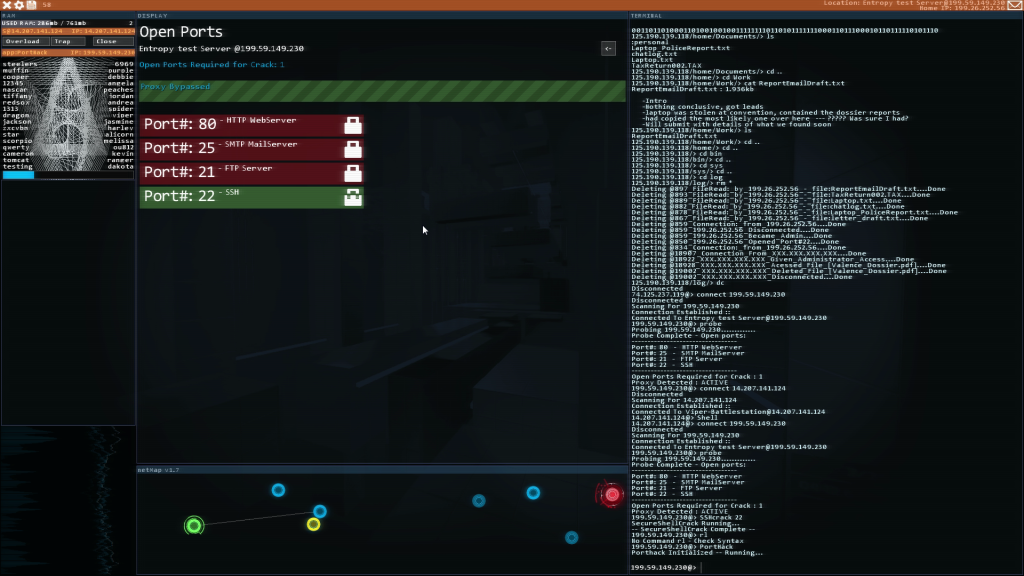The Fascination of Computer Games
During my ongoing literature review I often discover interesting facts about things I’ve never thought about. Sometimes I can connect these facts with my own observations: The result is mostly a completely new idea why things are as they are. Maybe these ideas are new to you, too. Therefore I’ll share my new science based knowledge with you!
This week: This time, I think about two main factors that make the gameplay of a computer game highly motivating.
Computer games are vivid and engaging environments. Here, I like to focus on two central factors making the gameplay highly motivating: an epic story or the chance to be creative.
Story-based computer games offer a broad variety of different narrative types. It can be a simple career mode allowing a player to work their way up to the highest tiers and ranks of the simulated content, e.g., racing games. Computer games can also tell a very atmospheric story evoking deep emotions in a player. For instance, Live is Strange challenges players with a very emotional gameplay and the option to rewind time to change decisions made thus changing the lives of others. Being in charge of the lives is also targeted by the Mass Effect games. The Mass Effect trilogy tells an epic story: the player is in charge of the fate of an entire galaxy being inhabited by different species.
By providing such an epic story, computer games challenge players with goals being bigger than theirselves. This can become a very motivating element as it makes a player’s actions highly relevant and provides rewards rarely available in the real world. Suddenly, by playing a game, players can change the lives of a larger group of people. These virtual people then thank the player for their effort and actions. As a result, a player receives emotional rewards rarely available in today’s stressed and harsh environment.
Thus, by providing an epic story, players experience a high motivation as they not only enjoy an exciting narrative but also receive emotional rewards. They contribute to big and meaningful events changing the lives of many others.
The other type of highly motivating computer games target a very creative gameplay. Here, players have nearly complete freedom inside the virtual environment and can realize large projects requiring a focus on many details to achieve perfection. Typical games that provide such a gameplay are Minecraft and Factorio.
Minecraft allows players to completely change vast landscapes by turning them into towns, temples, large castles or other creative environments. Factorio gives players complete freedom over the design of large factories requiring a high amount of planning and micro-management.
By allowing for a focus on many details while providing nearly complete freedom, a computer game can inspire players to target large-scale builds. Finishing these builds is ambitious but also highly motivating as players constantly see how much progress they made.
In the end, by providing an epic story or complete freedom, computer games can achieve a highly motivating gameplay.

